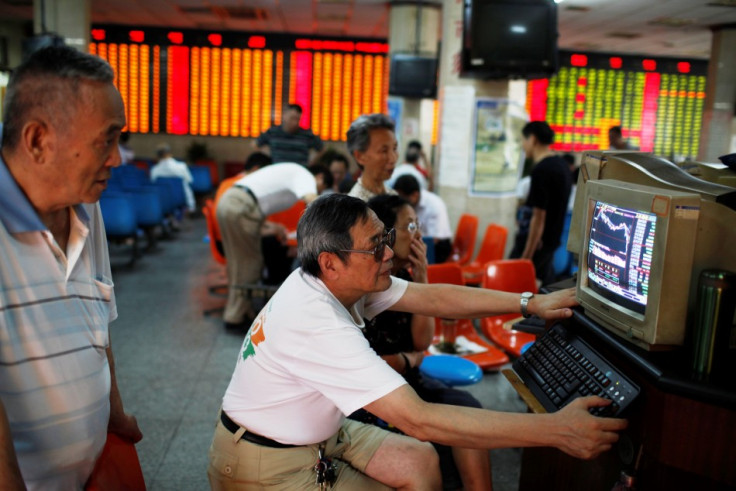Asian Markets Weekly Review: Nikkei Outshines Asian Indices in Q2 as Growth Concerns Weigh on Shanghai

With the exception of Japan, Asian markets finished the second quarter on a weak note.
The Shanghai Composite index was the worst performer of the lot, losing 11.51% in the three months to 29 June, 2013. The benchmark index finished at 1,979.21.
The Chinese economy, the world's second largest, is slowing down just as the government rolls out measures to guide the economy away from debt-driven investments in infrastructure and property and towards a more sustainable growth path.
Chinese leaders are taking a long-term view and are willing to take risks in the near-term. Officials and think tanks forecast a growth rate of 6.5% to 7.5% for 2013, against the government's target of 7.5%, May Yan, the Barclays head of the China banks sector, wrote in a report.
Better production numbers and an improving labour market in neighbouring Japan contrast China's slowing industrial output and rising unemployment.
Japan's economy fared well in May. Both industrial production and retail sales increased while deflation, a long-standing pain point, stalled. The raft of positive economic data from Japan pointed to an improving economy and boosted market sentiments as the second quarter came to a close.
The benchmark Nikkei surged 10.32% in the three months ended 29 June finishing at 13,677.32.
Elsewhere in Asia, global quantitative easing (QE) fears and China growth concerns wreaked havoc on the markets up until the final week of the second quarter.
Bearish sentiments prevailed on the markets after Fed chief Ben Bernanke's comments fuelled fears that the central bank would trim its monthly asset buys later in the year. The Fed's $85bn a month bond-buying has stimulated the world's leading economy and the markets the world over for a while now.
A downward revision in American economic growth calmed worried Asian investors in the final week of the second quarter. Official data showed that US gross domestic product (GDP) expanded 1.8% between January and March, 2013, down from the previous estimate of 2.4%.
Fading fed fears and the Chinese central bank's decision to adjust liquidity in the country's cash-starved banking system infused positive sentiments and boosted markets in the final week of the quarter.
But the damage had been done and markets in South Korea, Hong Kong and Australia could not reverse their quarterly losses.
The Kospi lost 7.06% in the three months ended 29 June finishing at 1,863.32. The Hang Seng lost 6.71% finishing at 20,803.29 while the S&P/ASX 200 lost 3.30% ending at 4,802.60.
On 28 June, the People's Bank of China said it would adjust liquidity in the banking system to keep the financial markets stable. PBOC Governor Zhou Xiaochuan dispelled fears that a cash crunch could further pull down slowing growth in the world's second largest economy.
Comments by William Dudley, the influential head of the New York Fed and Atlanta Fed President Dennis Lockhart, suggested that the central bank was in no rush to begin trimming its monetary stimulus.
The week ahead will see China put out its final manufacturing purchasing managers index (PMI) figures for June. PMI polls purchases made by factory managers and helps gauge monthly economic activity.
HSBC will issue its own Chinese manufacturing PMI reading for June.
On 1 July, investors in the US will track ISM Manufacturing PMI numbers.
On 2 July, investors in Australia will follow the Reserve Bank of Australia's (RBA) interest rate decision. The RBA has kept its cash rate at a record low 2.75% for a while now.
The continent is struggling to move away from mining-led growth at a time when the demand for Australia's commodities has dropped, forcing miners to slash jobs.
A May research note by the world's biggest bond manager, Pacific Invesment Management (Pimco), said Australia would have to further reduce record-low interest rates in order to fill a "physical" and "economic" hole that has emerged from slowing mining activity and investments.
On 3 July, investors in the US will follow ADP Nonfarm Employment Change figures alongside the government's initial jobless claims data.
On 4 July, European investors will track the British and eurozone interest rate decisions.
On 5 July the US government will put out more labour market data. Recent figures show that the US economy is recovering.
© Copyright IBTimes 2024. All rights reserved.






